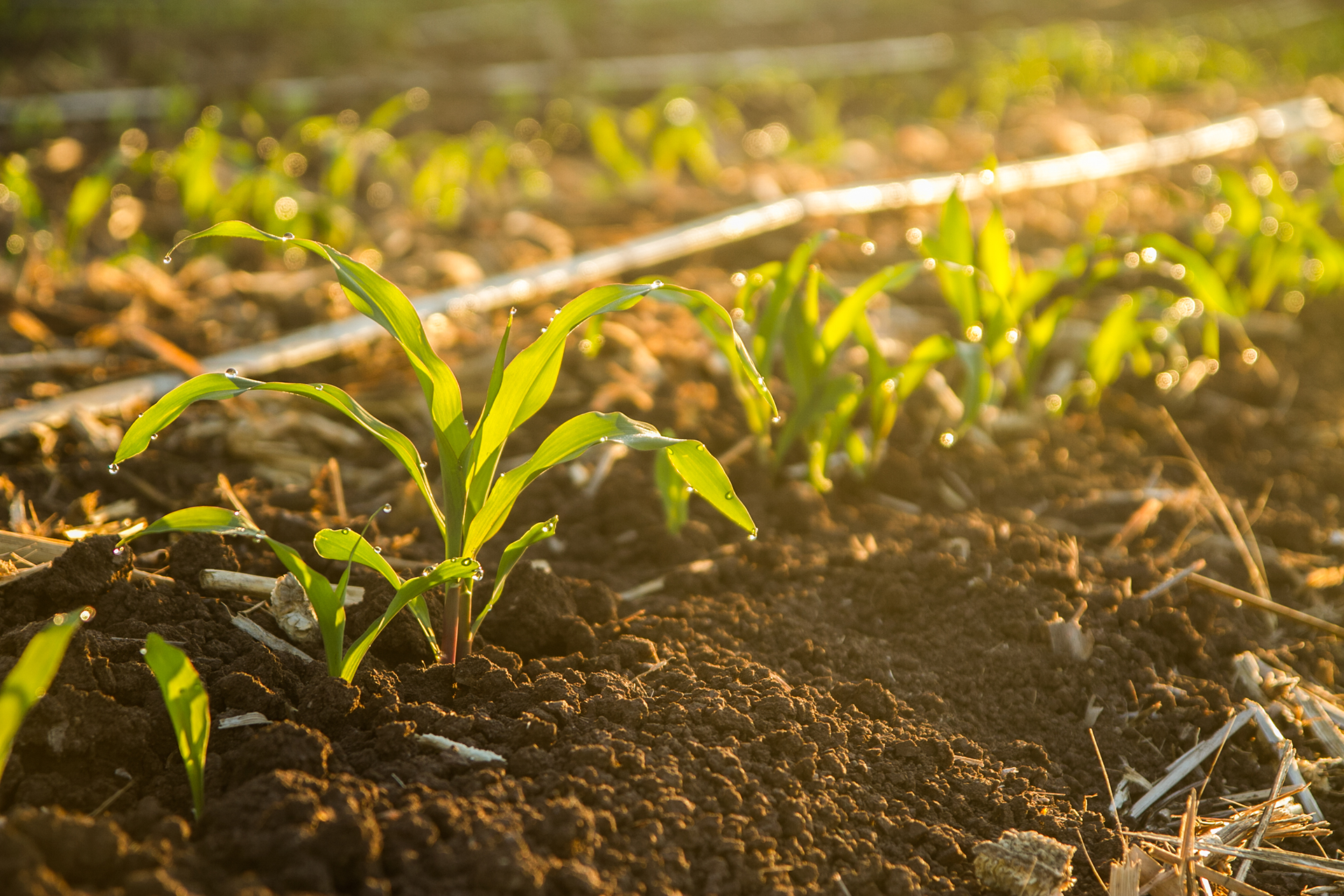As the planting season approached last year, Zimbabwe’s Agriculture Ministry declared that there were limitless loans available for farmers to upscale their food production.
Outlining the available options for farmers, the Lands, Agriculture, Fisheries, Water and Rural Development Permanent Secretary, Obert Jiri, told state media that agriculture finance was available from the private sector and a government vehicle called the National Enhanced Productivity Support Scheme (NEAPS).
Under this model, government acts as guarantor of loans extended to farmers by selected banks.
“If there is a farmer who does not fall in any of these categories then he is not in Zimbabwe. All farmers who want to produce can make use of these facilities so that we are productive all around,” Obert told state media last November.
“We have tried by all means possible to segregate our production so that we cater for every farmer; our programming is such that we link every programme to a financier. We know that the first group is those farmers who can finance themselves, these are critical as they don’t want any resources from our side,” Obert was quoted.
The NEAPS facility has not been without its own problems.
The Ministry of Finance, which cobbled up the scheme, has complained that farmers have been reluctant to meet their obligations to pay back the loans.
This has meant government as guarantor was left harvesting wind and had to pay back the loans.
International financial institutions have over the years advised government against subsidising agriculture using public funds, yet the bad loans could well be seen not just as money down the drain but subsidies in another name.
Finance Minister Mthuli Ncube has suggested a different model that will allow more efficient tracking of the agriculture loans, citing poor returns from farmers.
For example, the Minister complained that farmers were reluctant to sell their grain to the state-owned Grain Marketing Board (GMB) as part of the agreement that would expedite the repayment of the loans.
As always, farmers cite poor prices offered by the GMB, choosing instead what the government has criticised as “side marketing”.
The GMB pays farmers in the volatile local currency while private buyers pay using the much-valued greenback. Unsurprisingly, farmers choose the latter.
“Funding for commercial farmers under the NEAPS is being reviewed following the challenges experienced since the inception of the programme, which includes side marketing by farmers, reluctance of farmers to deliverer their produce to GMB citing low grain prices being offered by GMB, and delivery of grain by farmers using different names making it difficult for the stop order system to recover loans,” Finance Minister Ncube complained in 2022.
Nothing changed last year ahead of the 2023-2024 cropping season.
At one point, the NEAPS experienced up to a forty percent default rate, according to officials.
The farmers simply worked on the principle “take the money and run,” much to the detriment of government efforts to boost food production.
Despite the Agriculture Ministry’s assurances that “limitless loans” are available, farmers have other ideas, with farmers’ organisations raising the old grievance that for them to access those limitless loans, financial institutions still demand collateral.
One bank’s conditions to offer agriculture loans is that the farmer provides 40 percent of the total financing requirement, a condition farmer organisations say automatically disqualifies farmers.
Farmers approach financial institutions because they do not have the finance to fund their projects, making the condition to be able to fund part of the loans untenable, farmers’ unions insist.
And with delayed rainfall late last year, access to financing agriculture activity has also suffered as smallholders who lack irrigation infrastructure and rely on rainfed agriculture had to delay planting their crops.
Others have given up altogether as vast tracks of land remain fallow across the country.
Also available to help farmers is the Presidential Inputs Scheme.
Agriculture Minister Anxious Masuka has lamented the low repayment of loans accessed by smallholders under the Presidential Input Scheme, noting that this has bad outcomes for the resilience of the country’s grain reserves.
“This notion that inputs delivered under Pfumvudza (the Presidential Input Scheme) are free should remain a notion,” Anxious said, highlighting the country’s struggle to make agriculture production more inclusive.
To put it into perspective, the Presidential Input Scheme supports up to3,5 million smallholders as part of efforts to increase food production.
The bulk of Zimbabwe’s grain comes from farmers supported under the Presidential Input Scheme, meaning that when the scheme totters, food production also suffers.
For now, Zimbabwe continues to tinker with how best agriculture loans can help drive food security, while other agriculture sectors such as horticulture are slowly making money.

Smallholders who rely on rain are suffering without access to financing. (Source: Pexels)









